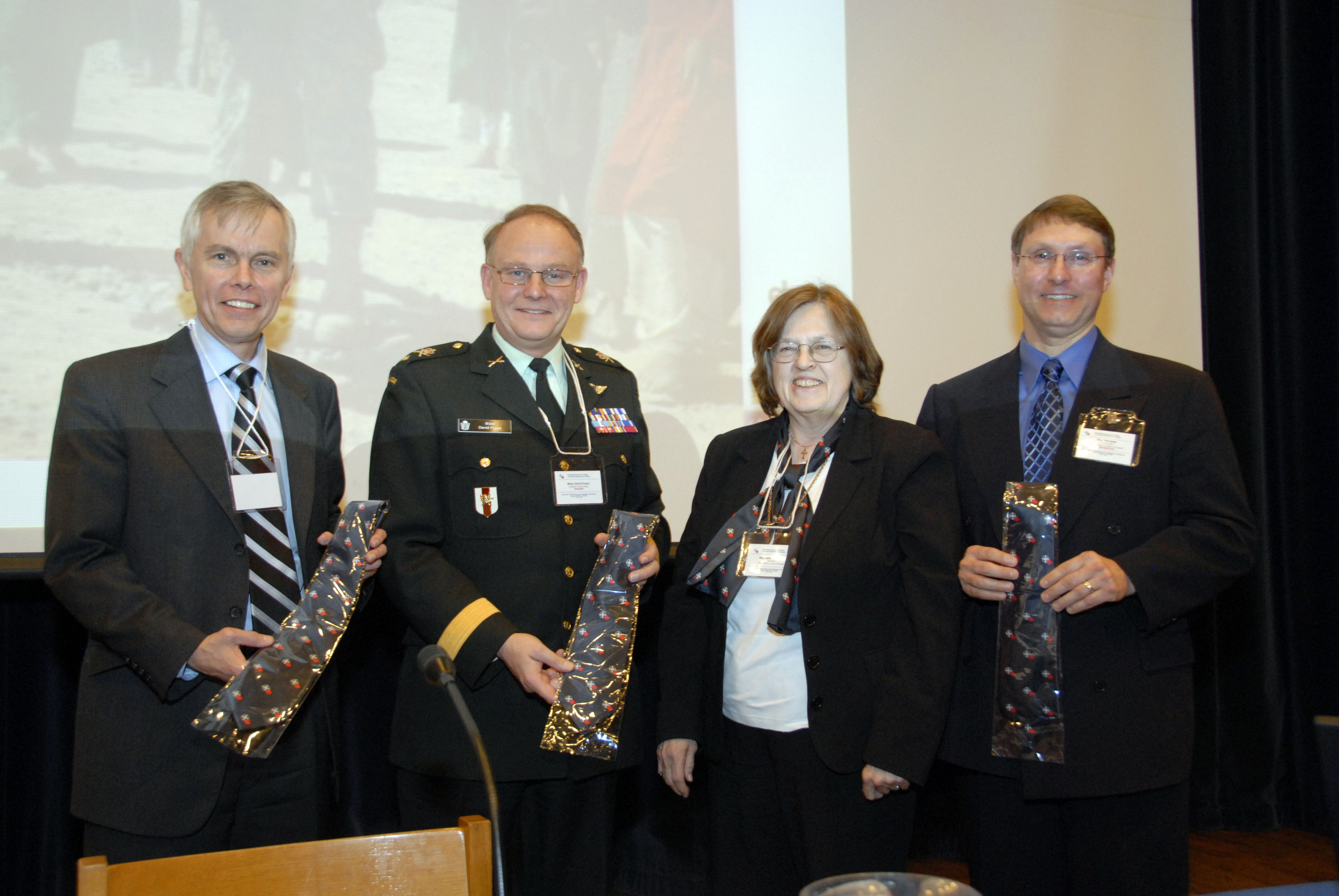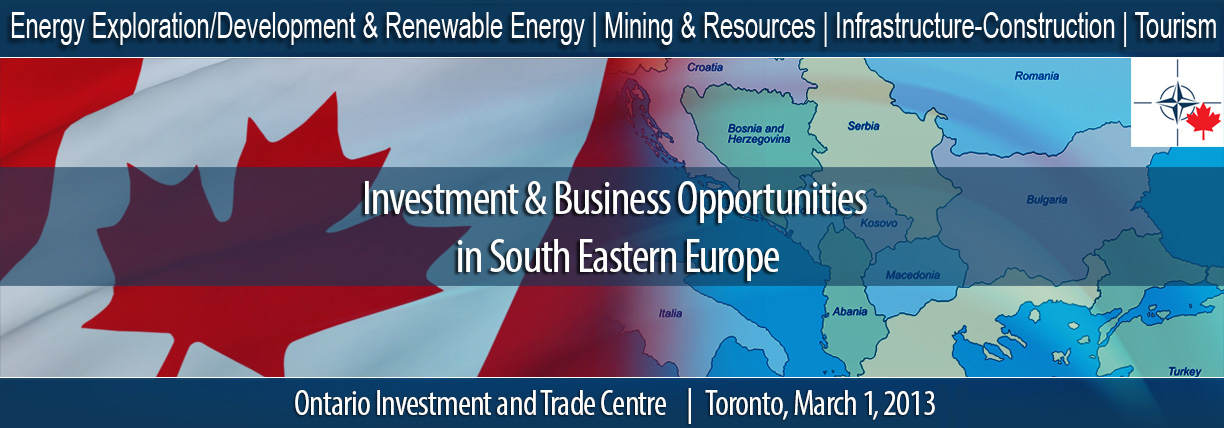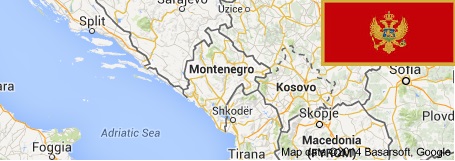On April 12, 2011, the NATO Council of Canada (NCC) hosted its annual Spring Conference at the University of Toronto. Entitled NATO’s New Strategic Concept: Active Engagement, Modern Defence, this year’s conference brought together distinguished scholars, policymakers, and members of the Canadian Forces to review and expand on NATO’s core priorities, the challenges of the current security environment, and the implications of the New Strategic Concept for Canadian security and defense.
At the Lisbon Summit in November 2010, NATO leaders adopted the New Strategic Concept that will serve as the Alliance’s roadmap for the next decade, while simultaneously renewing the Alliance’s commitment to maintaining peace and security in the transatlantic region. Panelists shed light on the aim of the Concept by highlighting the three core tasks of the Alliance:
• Collective Defence and Deterrence
• Crisis Management
• Promoting International Security through Cooperation
Following a welcome address by the Hon. Bill Graham, Chairman of the NATO Council of Canada, the first of the three panels saw an engaging debate on the issues of non-proliferation, nuclear defense and deterrence, as well as cyber security. Anthony Seaboyer, Director of the Proliferation Security Research Group at Queen’s University spoke on “Proliferation and Asymmetric Threats.” Mischel Kwon, owner and president of Mischel Kwon Associates, shared her insights on unprotected information in cyber space. Due to the last-minute cancellation of her flight from Washington, she made her presentation via Skype, which found to be a workable substitute for her presence. Major Ian Rutherford, an assistant professor at the Royal Military College, discussed nuclear defense with an eye on new nuclear states.
The second panel, moderated by Lieutenant Colonel Robert Zeibler, centered on the issue of Partnerships for Crisis Management. Speaking on NATO-EU relations, Julie Lindhout, President of the NATO Council of Canada emphasized the need for closer cooperation between civilian and military bodies in order to achieve operational success in conflict prevention and crisis management. Dr. Alistair Edgar of Wilfrid Laurier University discussed the shared commitment between NATO and the United Nations to promote international peace and security. While drawing attention to issues that have hindered closer cooperation between these two organizations, Dr. Edgar underlined ways in which each organization can complement the other in times of crises. While the UN reserves the authority to sanction or prohibit national and collective responses to international crises, NATO states are able to provide hard military assets including military personnel and aircrafts as well as the technical and military know-how and command and control structure need to deal with today’s conflicts. The New Strategic Concept in conjunction with the 2008 UN-NATO Declaration for enhanced cooperation demonstrates the aim of the Alliance to deepen political dialogue and practical cooperation with the UN.
Touching on another critical partnership, Prof. Sergei Plekhanov of York University, called for more active cooperation between NATO and Russia, particularly by engaging in mutually beneficial projects such as joint missile defense. Immediately following the Cold War, NATO’s policies toward Russia were concerned with Russia’s transition towards democracy and economic liberalism as well as its geopolitical decline. In today’s world, Dr. Plekhanov rightly argues that NATO needs Russia’s assistance in dealing with security threats. In closing, Dr. Plekhanov asserted that shared security space means that adversarial Cold War alliances must be replaced by a security community ready to collaborate and assist in defusing international crises.
Dr. Jamie Shea, the NATO Deputy Assistant Secretary General for Emerging Security Challenges Division, met with the audience through video conference to deliver a keynote address and respond to questions. Dr. Shea discussed ‘Smart Defence’, calling for role specialization among NATO states as well as effectively managing and concluding ‘old’ operations. Speaking on the future of NATO, Dr. Shea posed the question; ‘is collective defense nowadays mainly about protecting territory, and is it best upheld by conventional and nuclear weapons?’ In so doing he alluded to the fundamentally different command structure needed to address unconventional threats such as cyber security. Adding to themes addressed by the previous panels, Dr. Shea stressed that without projects that bind NATO and Russia together, talks between them would remain abstract at best.
In the third panel, LGen (Ret’d) George E.C. Macdonald, a Senior Partner at CFN Consultants, presented a highly informative case study on the Lockheed Martin F-35 fighter jet. Canada has made payments of approx. $168 million to the Joint Striker Fighter (JSF) program as a partner. Since 2002, this investment has generated contracts for more than 60 Canadian companies, research laboratories and universities. The Canadian government has stated its intention to purchase 65 of these fighters for the Armed Forces in order to replace its ageing CF-18 fleet. In addition to detailing the strengths of the aircraft – which include advanced stealth design with fighter speed and agility, fully fused sensor information, and network-enabled operations – Macdonald responded to questions and concerns from many of the attendees about Canada’s involvement in the program as well as about the utility of the aircraft itself.
Following the closing keynote address by LGen (Ret’d), Michael K. Jeffrey, which emphasized the need for the best available training and equipment for Canadian Forces as well as the support of the Canadian public, Colonel (Ret’d) Brian Macdonald presented a summation of the day’s discussion and President Julie Lindhout made some closing remarks.
A full day of panel discussions came to a close, as attendees were given the opportunity to meet and speak with the panelists and fellow NATO Council members at a wine and cheese reception. The thought-provoking conference not only provided participants with valuable information and perspectives on security challenges facing the world, but also acted as a forum for debate and lively discussion until the very end.




